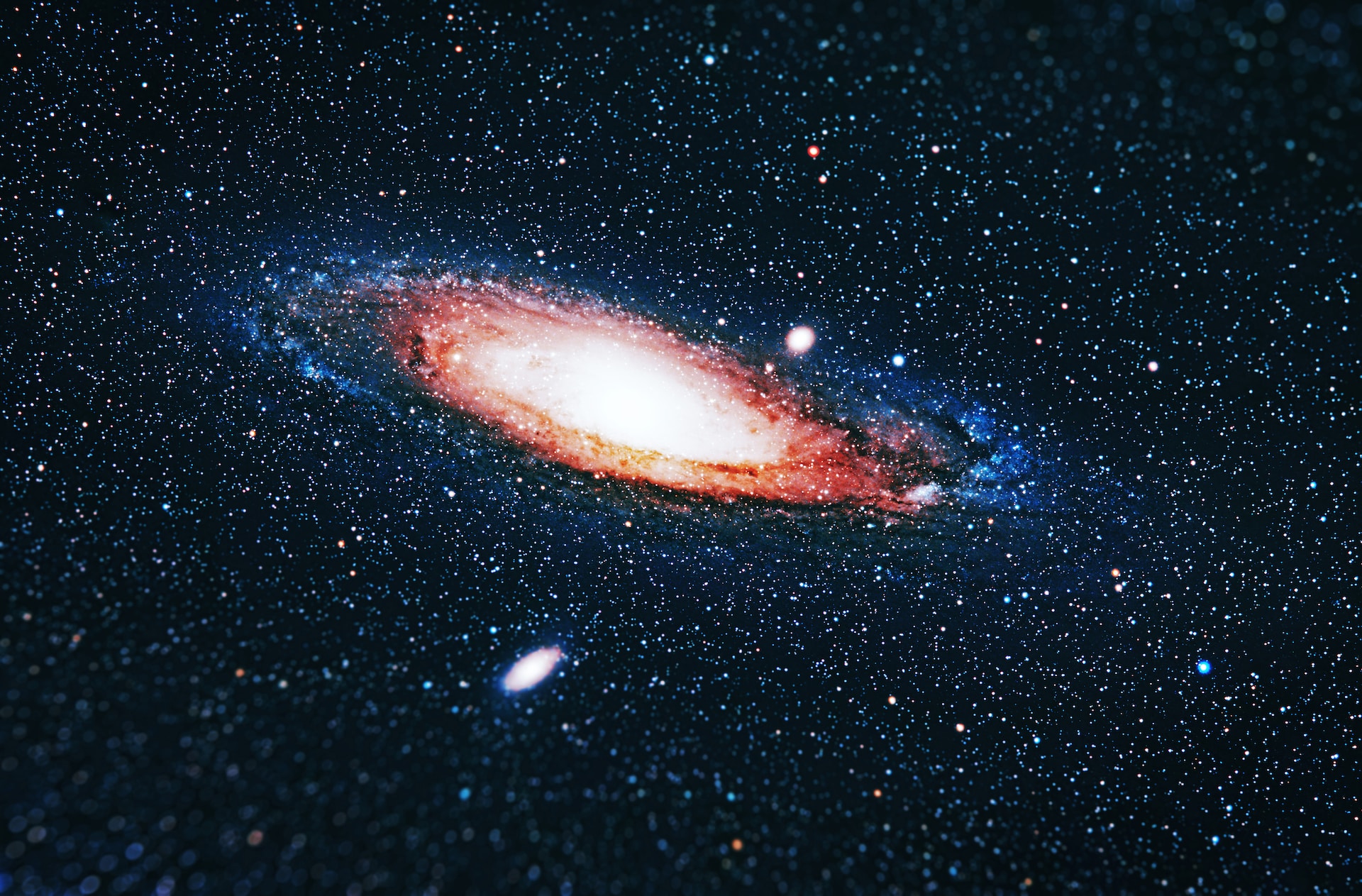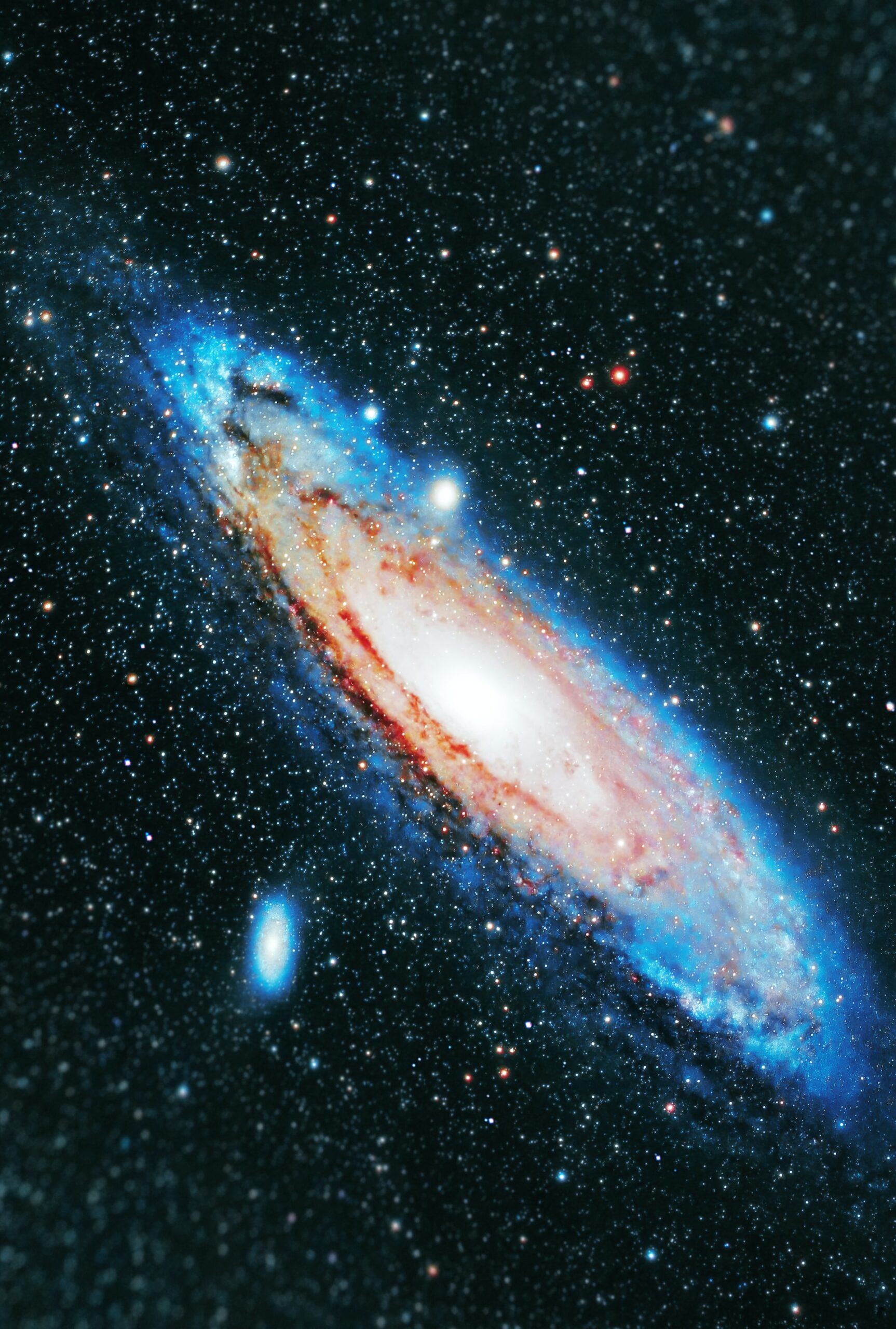Galactic archaeology has revealed to us the fantastic history of the Andromeda Galaxy, neighboring the Milky Way. An international team of astrophysicists from different countries began to investigate the chemical composition of stars in this galaxy to expand its ancient history to us. The results of their research revealed to us the mysterious world and the inner essence of Andromeda.

Scientists are convinced that the formation of the Andromeda Galaxy turned out to be much more turbulent and complex than the Milky Way. They noted that at first, Andromeda experienced a turbulent stage of formation, during which numerous stars were born. The second period of the birth of stars in the Andromeda Galaxy, marked by an age from 2 to 4.5 billion years ago, became a key stage in its development.
Violent past
Professor of astrophysics Chiaki Kobayashi, the team leader, noted that although Andromeda had common features with its neighbor, the Milky Way, such as the presence of a spiral disk, its history was more intense and dramatic. Due to cyclical bursts of activity in the Andromeda Galaxy, numerous stars and two different stages of star formation have emerged.
The essence of Andromeda’s story becomes even more interesting when its collision and merger with other galaxies are considered, a “wet merger” is observed. During such a merger, the gas that saturates the galaxies combines, which creates fuel for new explosive star births. Andromeda, located at a distance of about 2.5 billion light-years from us, experienced numerous collisions and mergers, which made its past incredibly rich and complex.

While investigating the chemical composition of Andromeda stars, a team of astrophysicists discovered two different signatures in the composition of the galaxy’s disk. One group of stars contained significantly more oxygen than iron, while the other group had approximately the same amounts of both elements. These differences indicate that Andromeda has experienced not one but two important stages of development, united by mergers with other galaxies.
Violent future
Thus Andromeda probably has a peculiar history of “violence”. Moreover, its future also looks no less frantic. Especially considering the fact that in 4.5 billion years the Milky Way and Andromeda will collide, and we will become part of the chaotic existence of our neighbor. This titanic collision will seriously change both galaxies, destroying the characteristic arms of both spiral galaxies. Our star, the Sun and the entire Solar System will probably be pushed away from the new galactic core, moving towards the outskirts of a new galaxy that will form in the future.
This project adds a new dimension to our understanding of galaxies and their history. Having discovered this deep archaeology of galactic events, scientists intend to study even more elements and phenomena in the Universe. Further studies of the Andromeda Galaxy rely on the James Webb Space Telescope (JWST) and other large ground-based telescopes. These latest tools promise to expand our knowledge of the chemical composition and history of this galaxy, complementing the archaeology of the Universe with new details and discoveries. This project gives us the opportunity to delve into the deepest past and future of the cosmos, revealing and understanding the mysteries of our Universe.
Earlier we reported on how a collision with the Andromeda Galaxy would occur in the future, as it would seem a catastrophic event from Earth.
According to space.com
Follow us on Twitter to get the most interesting space news in time
https://twitter.com/ust_magazine

